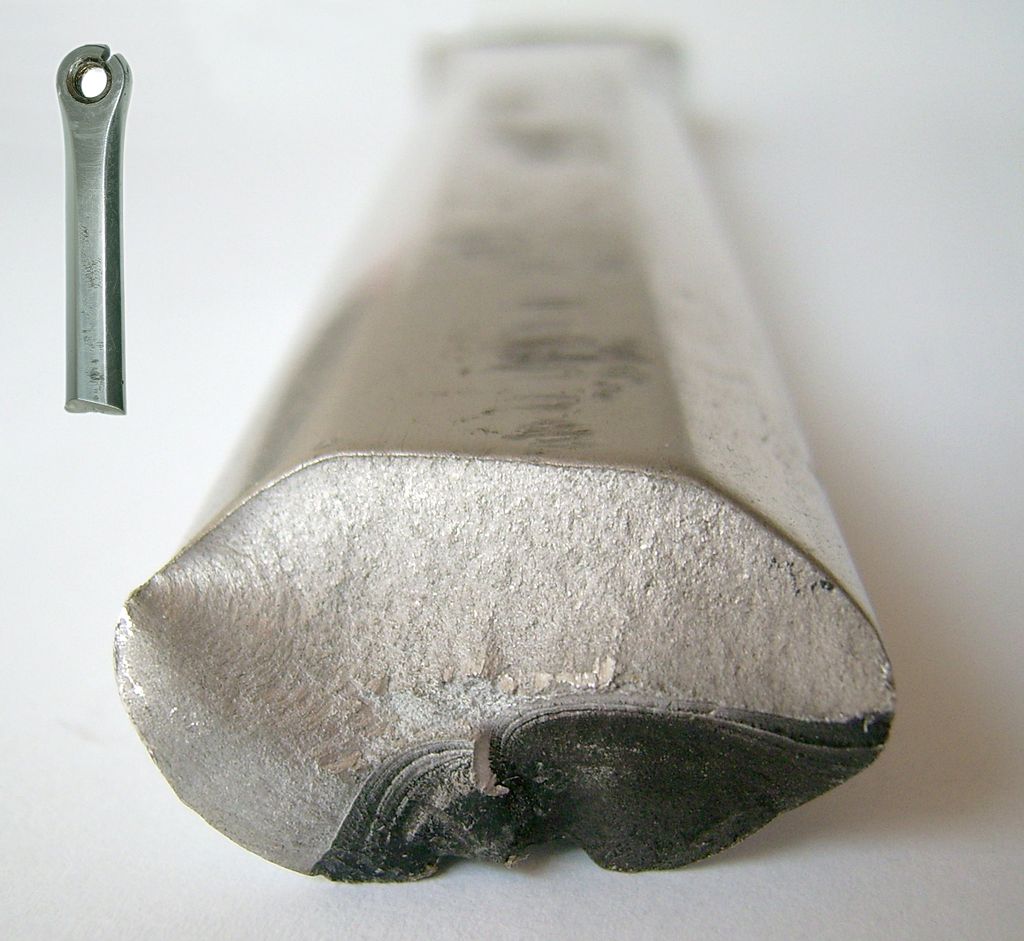Fatigue fractures are a common problem for civil engineers. They occur when a structural element is subjected to repeated stress over time, resulting in material degradation and loss of strength. With the right knowledge and precautions, stress fractures can be prevented and the safety and longevity of structures can be ensured.
What is fatigue failure?
The formation and propagation of cracks as a result of cyclic or repeated loading is known as fatigue fracture. Most fatigue fractures are caused by cyclic loads well below those that would result in the flow behavior of the material. Fracture occurs due to the cyclical nature of loading, which causes small defects in the material to enlarge and form a macroscopic crack (initiation phase). The component may then fail structurally or in compression if the crack continues to grow until it reaches a critical size.


Typically, fatigue fractures occur at stress concentrations and structural discontinuities. Additionally, fatigue cracks can propagate from pre-existing macroscopic cracks, such as weld defects. Stress corrosion is the result of the combination of two effects (corrosion and fatigue cracking) that can be superimposed on a corrosion process.
Stress Fracture Problems
Fatigue fractures in metal bridges are a serious problem that affects the functionality of existing metal bridges. Fatigue is the weakening of steel members or the accumulation of damage in a specific area caused by cyclical or repeated loading. If the maximum rated voltage is still far below the material strength determined by the material test, the material may be damaged in this situation. When material is repeatedly stressed beyond a certain limit, microscopic cracks form in areas of concentrated stress. Steel components break unexpectedly as the crack spreads.
Design considerations
When designing welded components subject to cyclic loading, fatigue fracture analysis is critical. Welded components typically found in steel structures require special attention during fatigue analysis. It is essential to understand the necessary components and the process to estimate service life and perform fatigue failure analysis on welded structures.
There are several methods that can be used to prevent stress fractures.
01. Design structures using fatigue-resistant materials.
02. Use advanced analytics to identify potential vulnerabilities and take action to improve these areas.
03. Additionally, we can regularly inspect structures for signs of fatigue and resolve any issues as soon as they are discovered .
Although it is not always possible to completely prevent stress fractures, these measures can help reduce the risk and ensure that structures remain safe and functional for many years.
As fatigue is a phenomenon that occurs when a material is subjected to cyclic loading, it can occur in any structure, including bridges, buildings and offshore structures.
About 30% of all bridge collapses are due to fatigue fractures; This makes fatigue the most common cause of structural failure in bridges.


How fatigue failure occurs
A fatigue fracture is a sudden, unexpected and often catastrophic structural failure of a metal component. The main cause of fatigue cracking is the repeated application and removal of loads to a metal structure, but corrosion and residual stresses in the metal itself can also be causes.
How to prevent stress fractures
The most common method of preventing fatigue fractures is to ensure that there are no operational defects or damage to the structure. Cracks in metal structures provide an easy path for fatigue cracks to form. Therefore, they must be checked regularly and repaired immediately if defects are discovered.
Reducing stress cycles can also help prevent stress fractures. This can be achieved through regular inspections and maintenance, as well as by introducing load limits for certain operations. Pressure on structures can also be limited by changing working practices, for example by restricting access at times when heavy machinery is in use nearby.
In addition to the measures that can be taken to prevent fatigue failures, it is also important for civil engineers to be aware of signs that indicate that a structure may be at risk. This can include cracking, corrosion and warping. If any of these signs are observed, it is important to investigate the cause and take steps to correct the problem. Early detection and intervention can minimize the damage caused by stress fractures.
Civil engineers must be diligent in preventing and detecting fatigue fractures. By taking risk mitigation measures and paying attention to signs of damage, civil engineers can keep their structures safe and reliable for many years.
Related articles
- Retaining wall defects
- 6 Causes of Beam Failure – A Guide for Designers

